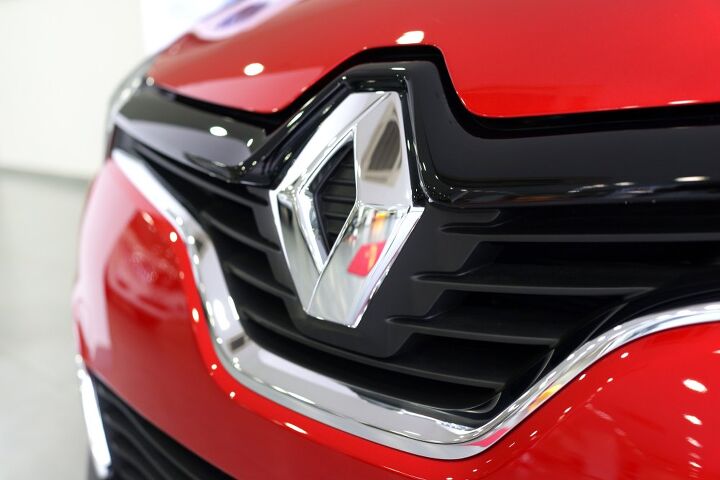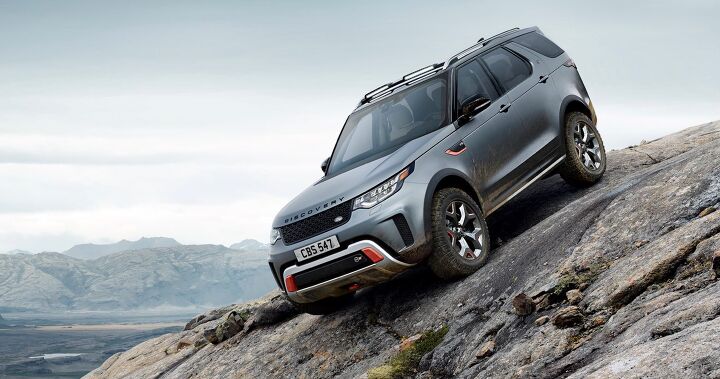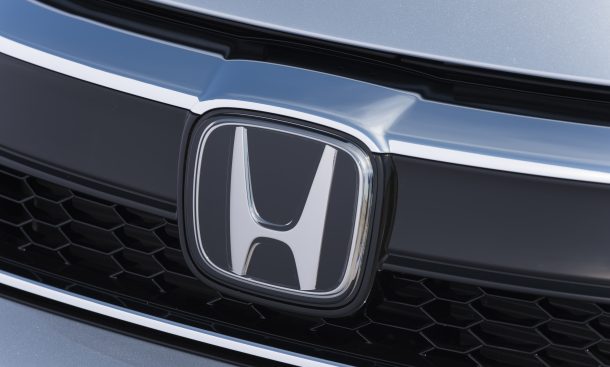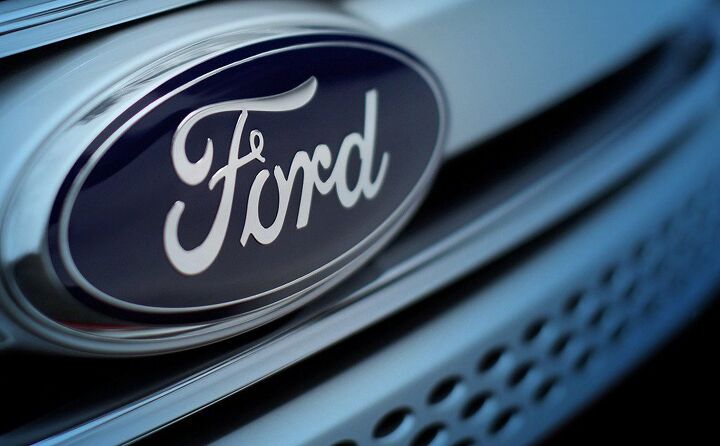#EarningsReports
Uber Finally Makes a Profit, But Not Really
On Thursday, Uber Technologies reported its first profitable quarter since the company launched in San Francisco way back in 2009. This represents a huge achievement for the company, which has been investing heavily to expand the business in the hopes that it will eventually become the world’s favored ride-hailing, courier, and food-delivery service.
But here’s the rub. Uber is technically only profitable on an adjusted basis that takes a pretty narrow view of its finances. Despite this, it’s still a step in the right direction and may foreshadow the reliable earnings the company has been seeking for ages.
Renault Reports Staggering $8.6 Billion Loss
Already in the midst of a comprehensive restructuring plan with partners Nissan and Mitsubishi, Renault announced a staggering 7.29 billion euro ($8.6 billion) loss on Thursday. That tally encapsulates the first half of the year and marks a new record for the brand, even if it’s not the kind one normally celebrates.
“Although the situation is unprecedented, it is not final. Together with all of the Group’s management teams and employees, we are fully dedicated to correcting the situation through a strict discipline that will go beyond reducing our fixed costs,” new CEO Luca de Meo said in response to the dismal financial report. “Preparing for the future also means building our development strategy, and we are actively working on this. I have every confidence in the Group’s ability to recover.”
Nissan's Bad Year Greenlit for a Sequel
Nissan is bracing for a bad year. On Tuesday, the automaker held a press conference at its headquarters in Yokohama, Japan, to tell the world that it’s forecasting a 28-percent decline in operating profit this year. While that sounds bad, it comes on the heels of the company’s financial results for the 12-month period ending March 31st, 2019 — which was a dumpster fire.
Operating profit plunged 45 percent to 318 billion yen ($2.9 billion), while revenue fell 3 percent to about 11.6 trillion yen ($105 billion). Vehicle sales were down 4.4 percent. “Today we have hit rock bottom,” CEO Hiroto Saikawa told the press, suggesting the company could rebound in a few years.
Subaru Struggles: Annual Profit Effectively Halved Due to Quality Control Issues
Subaru may be getting too big for its britches. Despite seeming like it was positioned for nearly incalculable growth at the start of last year, the automaker’s latest financial report showed the period was actually plagued with problems. Over the full fiscal year, which ends on March 31st for Subaru, the company basically showed that its operating profit had been cut in half.
How could this have happened? Subaru’s commitment to all-wheel drive has given its sales a shot in the arm as the crossover craze has escalated and it has one of the best reputations in the business. Seriously, ask any automotive layperson what they think of the brand and they will almost always have something positive to say. However, for all of its presumed advantages, the company is reporting a 48.5-percent decline in operating profit (to 195.5 billion yen) and a 6.3-precent loss of global sales volume.
Ford's Earnings Show That Saving Money Can Be Expensive
Automakers find themselves a bit of a pickle right now. The shift towards “mobility” has resulted in high development costs for electric and autonomous vehicles in the midst of stagnating sales growth. There’s also a trade war hurting global demand and impacting supply chains. Ultimately, this resulted in a lackluster Q1 for many manufacturers.
Ford’s situation was symbolic of the industry’s general plight, per its 34-percent decline in net revenue for the first quarter of 2019, but it wasn’t without a warm ray of hope. The company posted a 12-percent increase in earnings (before before interest and taxes) over the same period due to North America’s consistent desire to own SUVs, crossovers, and pickups. Ford’s share price also improved, hitting the $10 mark for the first time since August of 2018 on Friday.
With all that good news, many probably wonder what caused net revenue to climb into the toilet like an overly curious ferret. As it turns out, saving money can be pretty expensive.
USA to the Rescue? Jaguar Land Rover Banks on American Excess During Troubled Times
Jaguar Land Rover finds itself in a truly unfortunate situation. Like many manufacturers, it mistakenly presumed China would be a continual source of sales growth. But JLR also has to contend with the uncertainty of Brexit and tightening emission rules across Europe. The one-two-three punch helped contribute to the $4.4-billion loss the company posted in its latest quarterly earnings report. Having also lost cash in the previous two quarters, the automaker says it will probably need to reduce its 42,500-person workforce by around 10 percent this year.
While there isn’t much to be done about the economic uncertainties surrounding Brexit, which now seems to be perpetually stalled, China really should have been better to JLR. Unlike their mainstream counterparts, luxury vehicles have fared much better in the Asian market. Unfortunately, it was not to be for Jaguar Land Rover; the company is now looking at North America the way an injured tightrope walker might view a safety net.
Asia Picks Up North American Slack as Honda Posts Profit Increase
Exchange rates seriously hurt Japanese manufacturers over the past year as the yen bobbed and weaved following 2015’s surge. However, Honda was not among them. The final quarter of 2016 saw the automaker posting a 27 percent earnings increase, despite being hammered by the same foreign exchange losses as the rest of its Pacific brethren.
The first quarter of 2017 appears to have shaped up much the same way, only with slimmer margins — exactly as Honda predicted. Knowing that the North American market was about to take a turn for the worse, company analysts clung to the hope that more favorable currency rates and higher-than-expected sales in Asia would keep operating profits out of the red. Earnings ultimately creeping ahead by 0.9 percent to 269.21 billion yen ($2.40 billion) for Q1 — no thanks to the United States.
Ford Board to Grill Fields on Mobility Strategy After a Sucky First Quarter
The board of directors at Ford Motor Company will be seeking answers from CEO Mark Fields on how the brand’s mobility strategy played a role in its lackluster annual earnings report. Inside sources claim board members made extra time leading up to Thursday’s annual shareholders meeting to discuss the company’s future with the CEO.
Fields has promoted Ford’s evolution into a mobility company ever since taking the helm in 2014 — something investors haven’t been particularly receptive of. During Fields’ tenure as CEO, shares in the company have fallen by 35 percent. However, with tech-focused companies typically receiving above-average valuations, the methodology behind his strategy appears sound. Ford has spent billions on the development of autonomous technology and showcased mobility concepts that even Tesla hasn’t bothered with.
While many seem too impractical or far-fetched to deserve serious attention, the capital behind its self-driving efforts have kept Ford near the front of the pack in the autonomous race. So, what’s the problem?























Recent Comments